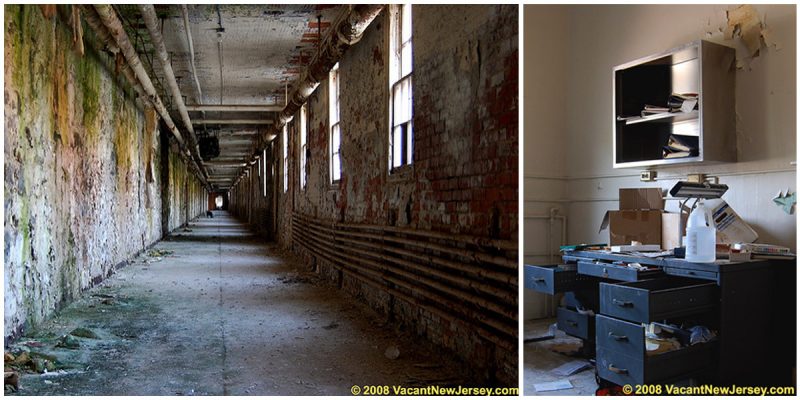The Essex County Hospital Center is a defunct psychiatric hospital that is located in the Township of Cedar Grove, New Jersey. It was used as a general hospital then converted to house mentally ill patients.
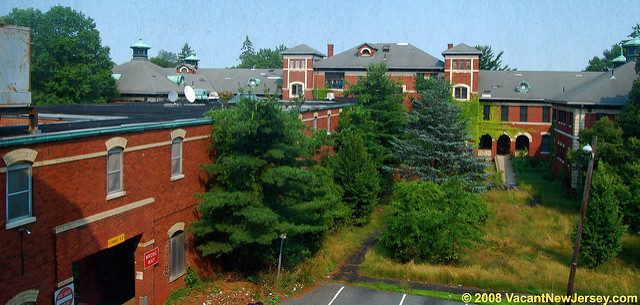
In the late 19th century, a large portion of land was purchased by the City of Newark, New Jersey; the land was bought to build a new hospital because the Essex County Hospital for the Insane in Newark, New Jersey was becoming alarmingly overcrowded, so funds were allocated to purchase ninety acres of rural land upstate for a new hospital. The new center took a cutting edge approach to behavioral health care and its layout and programs stand in stark contrast to the hundred-year-old facility it replaced. Photos: Justin Gurbisz/Flickr
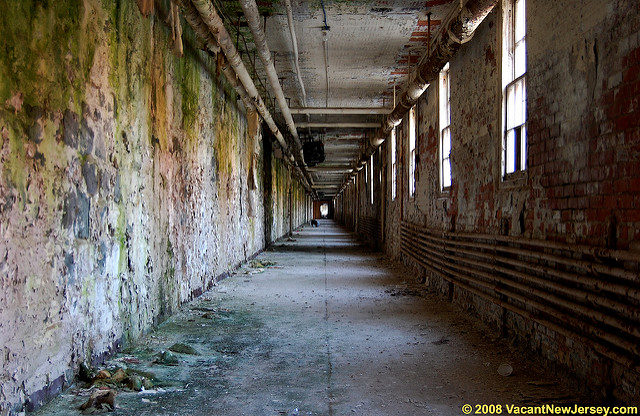
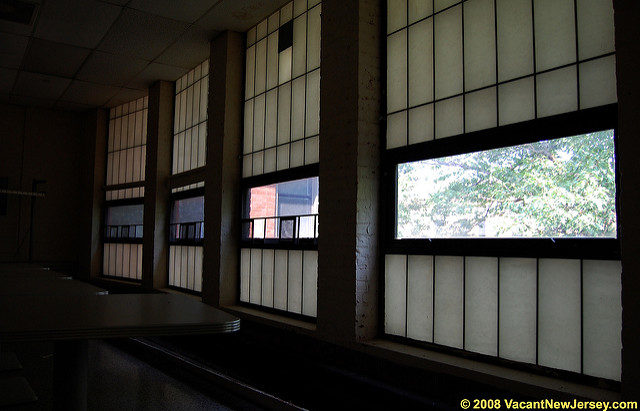
The area chosen was located just outside of the sparsely-populated town of Cedar Grove, called Overbrook, and although the new hospital was officially named The Essex County Hospital Center. Overbrook was most likely a kind of catch-all institution for the county in the early days.
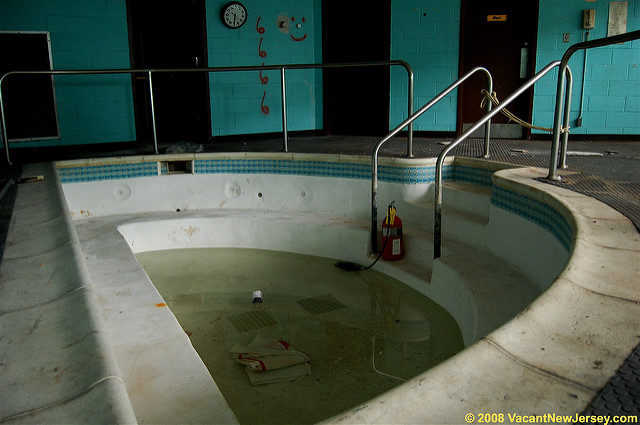
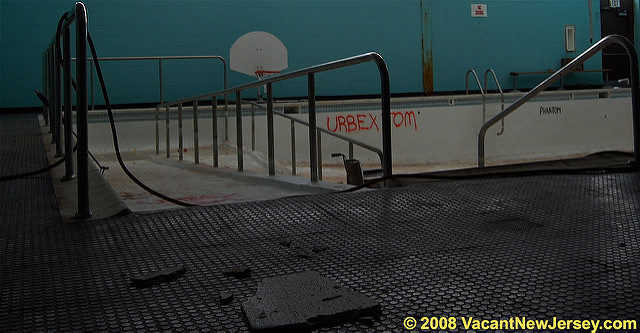
During the late 1800s and early 1900s, many buildings were built that housed patients, as well as other facilities, such as a power-house, laundromat, and theater. In the winter of 1917, the hospital suffered a catastrophe, the e hospital’s boilers failed and 24 patients froze to death in their beds.
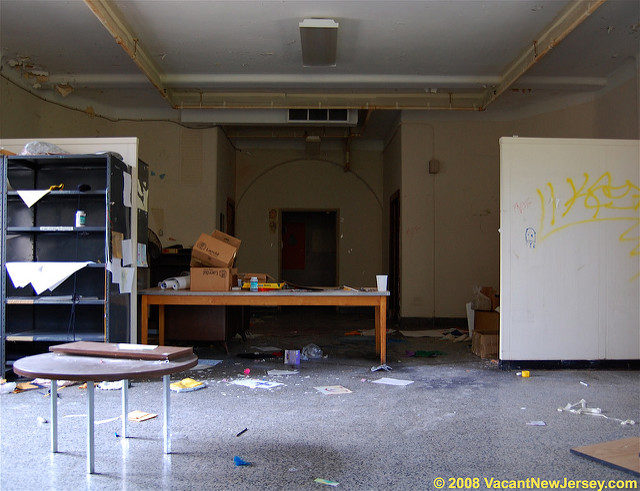
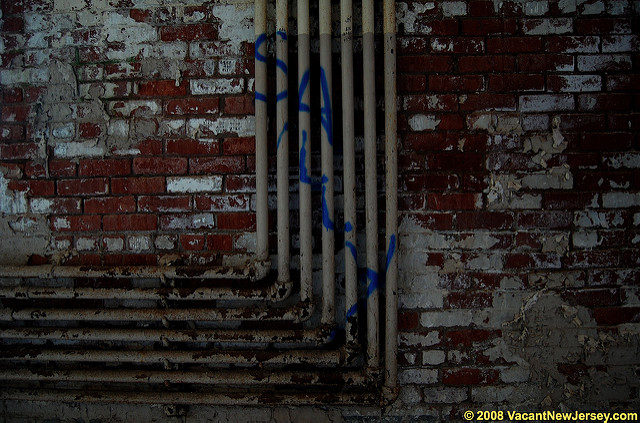
In the mid-1920s, the tri-state mental correction board bought the land and converted Overbrook into a mental institution, but within a few years, Overbrook became seriously overcrowded. This was despite the fact that five large treatment and dormitory buildings were built on both sides of the reception building in 1909, connected with above-ground passages, forming a long, serpentine complex, the facility remained overcrowded. The end of WWII made the situation worse.
Many veterans returned with shell shock or post-traumatic stress disorder. Hospital staff could not cope with overpopulation and patient care suffered.
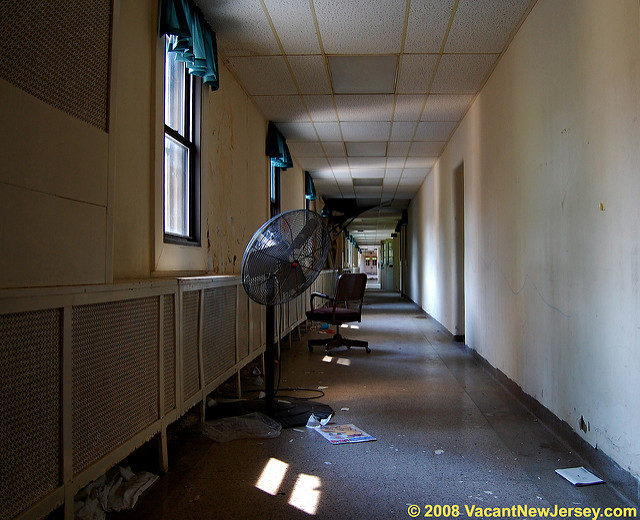
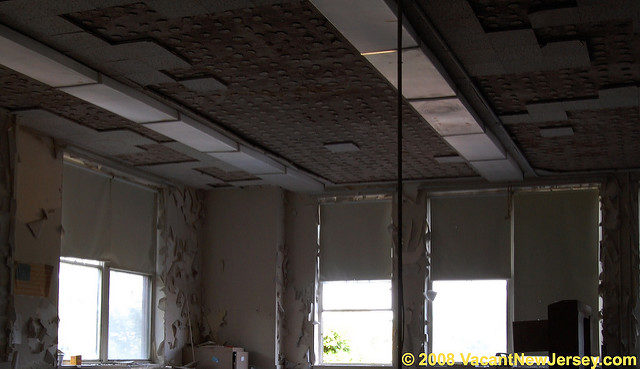
Overbrook followed the trends of the time in terms of psychiatric treatment: occupational therapy, hydrotherapy and electroshock eventually gave way to psychotropic medicines during the 1950s and 1960s, and once the majority of patients could be treated without being institutionalized, Overbrook began to empty its large buildings of residents.
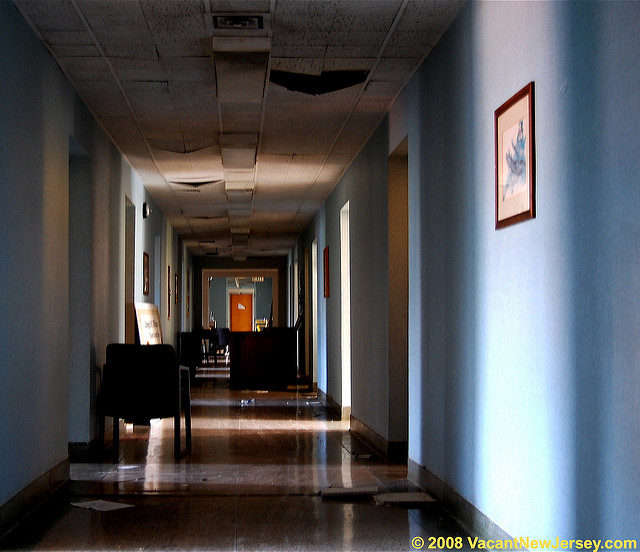
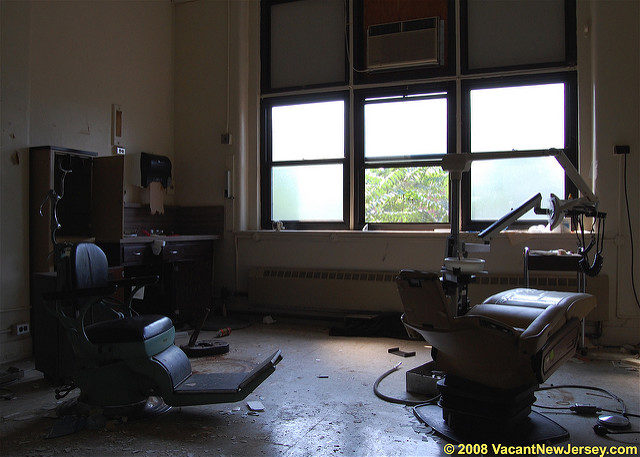
Despite the downsizing, Overbrook continued to operate into the next century with a continued focus on treating psychiatric disorders and also drug abuse. The Overbrook asylum ran on, with several add-ons and new wards built over the years until its closure in the winter of 2007.
Photos: Justin Gurbisz/Flickr
